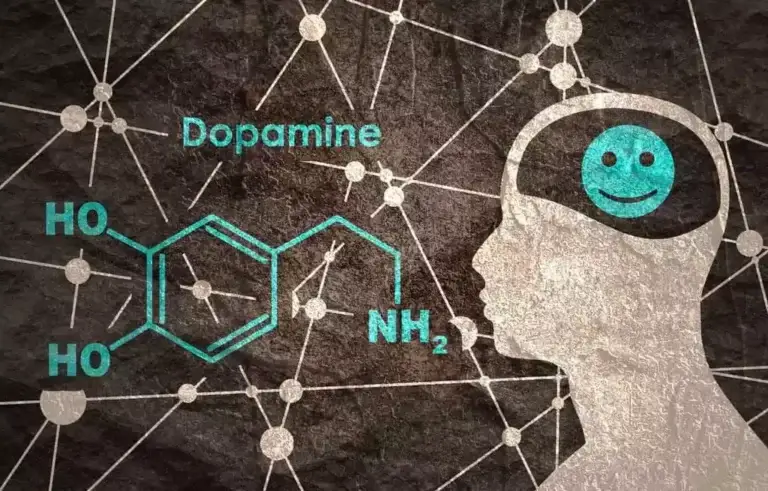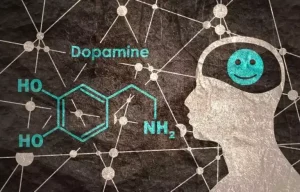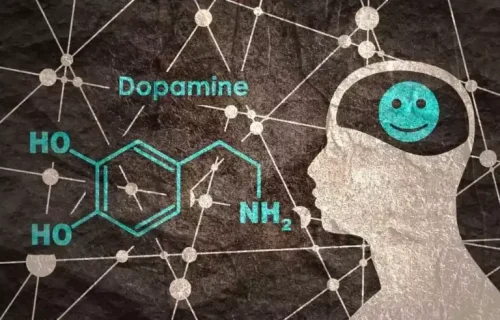
They are also young (average age 26 years) and have the earliest age of onset of drinking (average is under 16 years old) and the earliest age of alcohol dependence (average of 18 years). Young antisocial alcoholics drank an average of 201 days in the last year, binge drinking (consuming five or more drinks) on an average of 80% of their drinking days. When they drink, their maximum number of drinks is 17, the highest of any subtype of alcoholic. Benzodiazepines are not a treatment for alcohol dependence, but are the preferred treatment for https://ecosoberhouse.com/ acute alcohol withdrawal.
Alcoholism in New York City

American Indian/Alaska Natives report the highest levels of binge drinking (30.2 percent), followed by Whites (23.9 percent), Hispanic/Latinos (23.2 percent), African Americans (20.6 percent), and Asians (12.7 percent) (SAMHSA 2013). Alarmingly, according to two nationally representative samples, trends in alcohol misuse increased among both men and women and African-American and Hispanic youth over the decade between 1991–1992 and 2001–2002. Rates of dependence also increased among men, young Black women, and Asian men during the same time period (Grant et al. 2004). The major goal of this study was to clarify the degree to which measures of the frequency and quantity of AC reflect the genetic risk for AD as defined in DSM-IV (American Psychiatric Association, 1994). We addressed this question by examining lifetime diagnoses of AD and four measures of AC reported for the period of heaviest lifetime drinking in a large population-based sample of Virginia born twins. The four measures of AC were regular frequency, regular quantity, maximum single day consumption (maximum quantity), and frequency of drinking to intoxication (drunk frequency).

Latent class analysis of current e-cigarette and other substance use in high school students
If you have developed alcohol dependence and decide to quit drinking, you can expect to experience withdrawal symptoms. According to information from the National Institutes of Health, these discomforts usually peak 24 to 72 hours after your last drink, but they may last for weeks. About 31% of functional alcoholics have a close family member who also has alcohol dependence. They have moderate rates of major depression (24%) and smoking cigarettes (43%), and low rates of anxiety disorders, other substance use disorders, and the lowest rates of having legal problems (fewer than 1%). People with ASPD are 21 times more likely to develop alcohol dependence in their lifetimes. Meanwhile, alcohol is more likely to increase aggressive behaviors in people with ASPD than in people without.

Share of adults who don’t drink alcohol

The harmful effects of alcohol misuse are far reaching and range from individual health risks, morbidity, and mortality to consequences for family, friends, and the larger society. This article reviews a few of the cultural and social influences on alcohol use and places individual alcohol use within the contexts and environments where people live and interact. It includes a discussion of macrolevel factors, such as advertising and marketing, immigration and discrimination factors, and how neighborhoods, families, and peers influence alcohol use.
- By modifying the required response (e.g., increasing the number of lever presses required before the alcohol is delivered) researchers can determine the motivational value of the stimulus for the animal.
- Alcohol abuse was defined as a condition in which a person continues to drink despite recurrent social, interpersonal, health, or legal problems as a result of their alcohol use.
- Many of the effects of drinking every day can be reversed through early intervention.
- If the answer is “Yes,” they are asked to give us their age during their period of heaviest drinking.
- Nonintact and complex family structures may be linked to alcohol misuse among adolescents 56.
- This was particularly true for women, suggesting gender norms around alcohol use may be a factor.
Risk of polysubstance use among sexual minority and heterosexual youth
A recent study found that Mexican immigrants who come to the United States before age 14 have higher alcohol consumption rates than those who are older when they immigrate (Reingle et al. 2014). Immigrants who come at a younger age have alcohol consumption patterns similar to their U.S.-born counterparts. The study by Reingle and colleagues also shows that immigrants who arrive when they are younger than 14 and who live beyond the U.S.–Mexico border region have much higher rates of alcohol use than immigrants in the border region. This particular finding suggests that where immigrants live is another social context worth further investigation. Increased use of social media for alcohol marketing has paralleled changes in communication methods among adolescents and college-age youth (Hoffman et al. 2014). Marketing techniques for a wide range of products reflect studies that online platforms are likely to influence adolescent behaviors (Cook et al. 2013).

- Young antisocial alcoholics have a high rate of psychiatric disorders and other substance abuse.
- When seeking treatment, they tend to turn to social workers, psychologists, psychiatrists and private physicians.
- These symptoms include emotional changes such as irritability, agitation, anxiety, and dysphoria, as well as sleep disturbances, a sense of inability to experience pleasure (i.e., anhedonia), and frequent complaints about “achiness,” which possibly may reflect a reduced threshold for pain sensitivity.
- Alcohol is a toxic substance that is foreign to the body (not produced by the body), and it can lead to serious poisonous effects, especially when taken in high concentrations 4.
- The lack of treatment among individuals who are moderately and severely affected by alcohol dependence is alarming.
- Patients physically dependent on alcohol may require a closely supervised benzodiazepine taper over 3–7 days to reduce alcohol withdrawal symptoms and prevent delirium tremens, depending on the patient’s level of dependence and response to the medication.
- Second, the current study provides new information on the proportion of people who ever regarded themselves as being in recovery from alcohol problems.
Interestingly, although the moderate and moderate-high classes differed in severity (26% versus 50% met dependence criteria), the likelihood of treatment was similar between the classes. Demographic and substance-use characteristics of the four latent classes signs and symptoms of alcohol dependence of past-year alcohol users are shown in Table 3. Although the moderate-high symptomatic class endorsed greater symptoms than the nonsymptomatic class, they were similar in a few demographic characteristics, including income, race, and education. The moderate symptomatic class tended to be younger and had lower income, somewhat paralleling the demographic characteristics of the high symptomatic class. The affected classes (moderate, moderate-high, and high symptomatic classes) had similar prevalences of heavy episodic drinking; however, the prevalence of heavy drinking over five or more episodes was higher in the high symptomatic class (51.3%) than in the moderate (35.4%) or moderate-high class (38.1%).
Family and Peer Influences on Adolescent and Young Adult Drinking
Further discussion on these risk factors can be found on our topic page on drug use. Looking at the evidence, a higher density of alcohol outlets may be a contributing factor to the more frequent consumption of alcohol, which can be explained by easier sourcing of the substance. Although the outcomes and outlet types that were examined by the studies were various, this factor holds a correlation with alcohol consumption globally; however, that relation may differ between regions. For instance, in Europe, the association with increased outlets moderates the heritability of alcohol outlets; in Australia, it was related to the mean daily intake; and in North America, it was found to be related to high consumption. The unique effect of off-premise and on-premise outlets was not revealed clearly, which may require an additional investigation specified to each type of outlet.